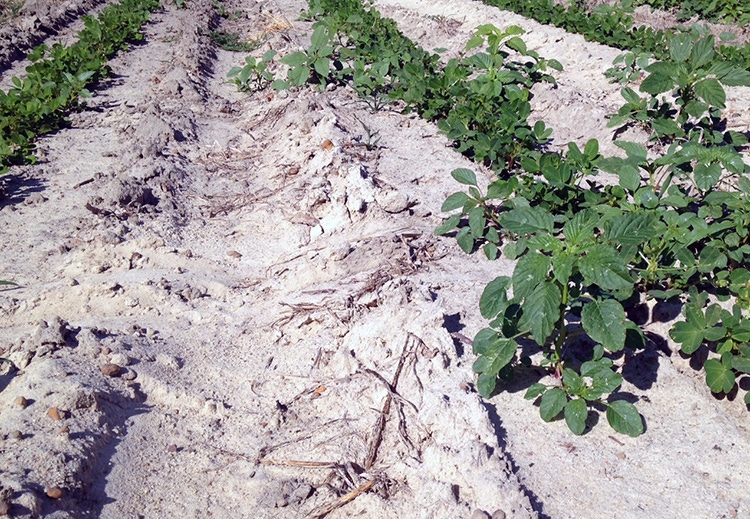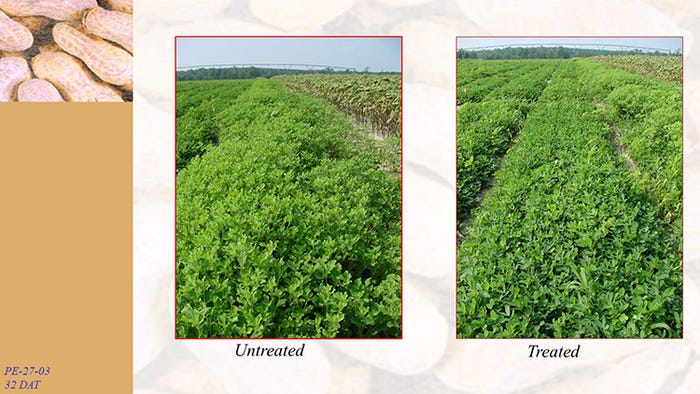August 29, 2019

Many moons ago, one of my late and great Extension weed science mentors, Dr. John Meade with Rutgers University, told me that he did not like to put weed control tables in weed or crop production guides because it gave folks a false sense of security. Simply put, too many ‘what ifs’ and ‘maybes.’
Although a tremendous source of general information, these types of performance tables tend to over simplify the complex interactions that frequently occur between weeds, herbicides, and the environment. Typically, the ratings in these weed control tables are based upon the assumptions of optimum rate, timing, and environmental conditions.
Currently, I write about 10 percent of the annual UGA Pest Control Handbook, which includes many weed control tables. Thus, I value them greatly. But the devil can often be hidden in the details. Here is one perfect example:
Check out Table 1 from page 230 of the 2019 UGA Pest Control Handbook under the Peanut Weed Control Section. If you look at the 7th column, you will find weed control ratings for Cobra (lactofen). If you then look at the ratings for pigweed control (row 20), you will see that that Cobra is rated good to excellent (80 percent or better). However, if you apply Cobra to large plants (> 4” tall), that rating quickly drops from good/excellent to POOR (Figure 1). Obviously, this info is not reflected in the table.
I have said numerous times in my column that the No. 1 enemies of weed control are BIG weeds and DRY weather! Unfortunately, these enemies are all too common in many Georgia crop production fields.
As with anything else in this world, there are always a few exceptions to the rules. For example, bristly starbur (a.k.a. goat-head or Texas sandspur) is EXTREMELY sensitive to Strongarm (diclosulam) even when applied to large plants and at low rates (Figure 2). Larger common cocklebur plants (10”-12” tall) are also easily controlled with either Basagran (bentazon) or Butyrac/Butoxone (2,4-DB). But these exceptions are few and far between and most likely only readily known by your favorite weed scientist.
It would be impossible for university weed guys like me to put all the ‘what ifs’ and ‘maybes’ in this type of table. Also, I am always very reluctant to promote any herbicide applications on large weeds for many reasons. Most importantly, the longer weeds are allowed to compete with crops, the more yield potential they can reduce and the more seed they can produce.
Don’t get me wrong, weed control rating tables are a vital source of information. They are a critical component of all university weed control guides. For sure, these tables get you pointed in the right direction. But you must remember that in most cases (there are exceptions), good to excellent weed control ratings are based upon using the correct herbicide rate, applying during a susceptible stage of weed growth (i.e. small) and optimum environmental conditions. Expectations should be lowered when these are not favorable. It takes a lifetime to learn all the what if’s and maybe’s of weed control. By the way, I am still actively working on this after 32 years of weed science experience.
As always, good weed hunting.


About the Author(s)
You May Also Like






